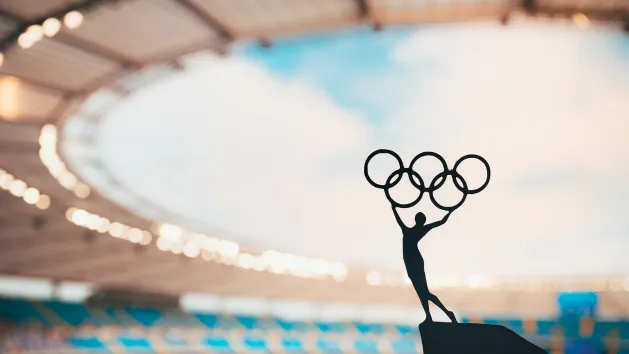
How does brain plasticity work?

Don’t you just love our Brain? It’s thanks to it that we’re able to learn, move, speak, socialize with others and understand principles as diverse as mathematics, foreign languages and physics! 🎓
How brain plasticity works
Cerebral Plasticity is our Brain’s ability to reorganize itself to compensate for the loss of some of the connections that make it function. This is how, after a trauma or brain injury, and regardless of our age, the Brain finds a way to adapt. It will restructure itself in order to recover the information “lost” in the damaged part, except when this is impossible, notably in the case of neurodegenerative diseases such as Alzheimer’s, Parkinson’s or even multiple sclerosis, where the Brain loses the ability to transfer information to a part of the Brain that is still functioning. 🧠
This means that, depending on the environment, the Brain can adapt to go and modify its cerebral connections.
Why improve by practicing?
When it’s forming, inside the mother’s womb and therefore even before we begin our incredible journey of learning, the Brain can be compared to a dense jungle; the learning that “fills” the Brain forms a pathway, a connection between two parts of the Brain that will facilitate access to information. 🌳
Becoming an expert in a field means that domain-related paths are regularly taken in this jungle, and therefore connections are often trained in the Brain. Accessing and perfecting these connections becomes increasingly simple! 🥇
Conversely, if the connections are completely broken, they lose intensity and end up being lost: if we practice a foreign language regularly, its practice becomes easier and easier, but if we stop speaking it, we end up losing its vocabulary, grammar,… 🤯
Different types of brain plasticity
We’re talking here about synaptic plasticity, the possibility given to the Brain to perfect or undo certain connections. There’s also a second type of plasticity, known as neuronal plasticity, which, as we explained above, is what enables the Brain to take over in the event of trauma.
Left brain and right brain: a well-established myth
We’ve all heard of the Left Brain linked to logic and the Right Brain linked to creativity. It’s a neuromyth that has persisted since the 19th century, a belief that has nothing to do with science, even though there are specificities in each cerebral hemisphere. The two Brains work together and Cerebral Plasticity therefore doesn’t stop at one side of the Brain when it acts to re-establish connections. ❌
What causes neuronal degeneration?
Many events can play a negative role on Brain Plasticity, with age being the main factor in degeneration, despite the fact that it’s possible to continue training your Brain even as it ages. Conversely, it is during the pre-school period that the Brain is at its most plastic, when it is in full cerebral development. 🏋️
Certain neurological diseases, such as neurodegenerative diseases, have an extremely negative impact on Plasticity. It’s very difficult to relearn previously learned skills when the neurons themselves are no longer functioning. Disease isn’t the only thing that impacts Brain Plasticity; sometimes, brain structures can’t be repaired due to too much head trauma. 🧠
What role do stress and sleep play in brain plasticity?
Stress and sleep also have an impact, since chronic stress has a negative effect on the entire cognitive process. 😴 And so does a healthy lifestyle! It’s not just for your figure that doctors recommend avoiding eating too much sugar and favoring fruit and vegetables… Certain foods have a real impact on the Brain; this is what we call brainfood!
How important is a healthy lifestyle for the brain?
Studies also show that doing moderate, regular sports improves memory in people over 60. 🎾 So it’s all about having a healthy lifestyle, without excess.
For all that, there’s no need to feel guilty if you take your children to a fast-food restaurant once in a while, or if you stay up until 3 a.m. watching TV to catch the end of your favorite series.
The Babaoo recap
Cerebral Plasticity could be summed up as the ability to relearn how to learn after trauma or injury. The Brain organizes itself to retrieve information between neurons in order to regenerate and form new connections that will take over from lost connections. 🧭
Practicing a new notion over and over again, whether it’s mathematics, a foreign language or sports, enables the Brain to establish numerous connections that become more and more firmly anchored within it. New learning becomes easier if experienced regularly. Conversely, it is gradually lost if it is not practiced.
➡️ Read also: Know your Brain to learn how to learn


